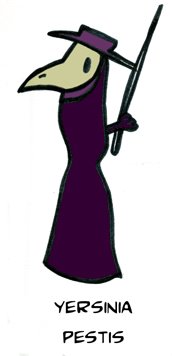This phenomenon, perhaps, was a bit of a mystery in my fledgling years as an educator. However, as I gained experience, I began to see patterns.

However, it wasn't until I was exposed to the ideas of Mihaly Csikszentmihalyi and his idea of "Flow" that I had a tangible expression of these patterns. Education is a constant balance. The great myth is that every student receives a similar education in a particular class. We educators provide the challenge, but as the chart suggests, a fixed challenge may elicit very different reactions in students of varying skill levels.
This is why I believe in differentiation. I don't want students to be bored, apathetic or anxious in my classroom. It isn't even enough for them to be relaxed or in control. In order for each student to grow, they need to be presented with the appropriate high challenge level for their current set of skills. Similarily, if they lack the skills to work on the expected challenge, it is up to me to provide support in building those needed skills.
This is not to say I think differentiation is easy. In fact, I think this is the most difficult aspect of my job. Unfortunately, I also think it is one of the most necessary. In a classroom of 30 kids, it is impossible to get simultaneous flow without differentiation.
We all have experienced flow. We may have called it being "in the zone" or "in the groove," but we recognize the state in which time flies by as we are engaged in something we competently enjoy. Flow is often described as an optimal state of intrinsic motivation.
Wouldn't education be effective if all students worked in an "optimal state of intrinsic motivation"?



